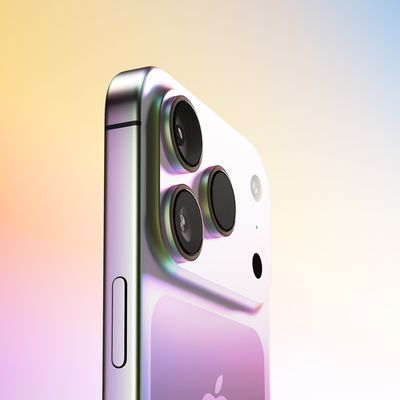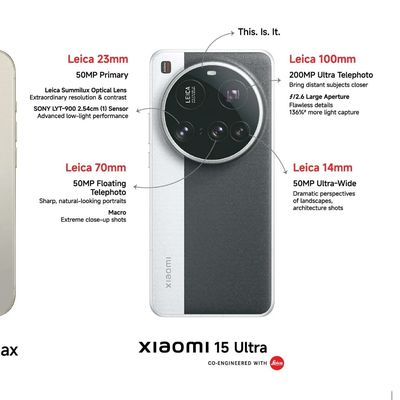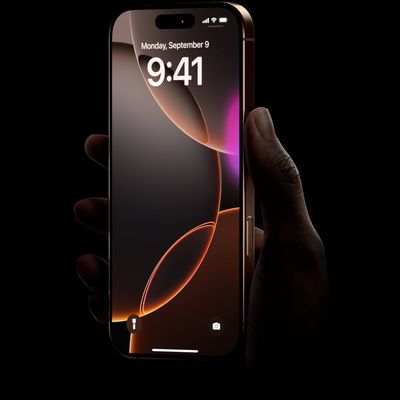Last year, Apple announced a major update for its high-end MacBook Pros, with the new machines featuring a complete redesign, larger mini-LED displays with ProMotion, an HDMI port and SD card slot, full-sized function keys, and more. The new machines contain one of two all-new scaled-up variants of the M1 System on Chip (SoC), the M1 Pro or the M1 Max.
When choosing your MacBook Pro configuration, should you choose the M1 Pro or M1 Max? Despite both being powerful Apple silicon chips with some overlap, they do have different capabilities. Our guide helps to answer the question of how to decide which of these two chipsets for the high-end MacBook Pro is best for you.
Comparing the M1 Pro and M1 Max
The M1 Pro and M1 Max feature the same basic architecture based on the M1 chip, resulting in the same core functionality. Apple lists these identical features of the two SoCs:
Similarities
- Up to 10-core CPU with eight performance cores and two efficiency cores
- 16-core Neural Engine
- Media engine for hardware-accelerated H.264, HEVC, ProRes, and ProRes RAW
- Video decode engine
Apple's breakdown shows that the two chips share most of their basic features, but they have several differing capabilities.
Differences
M1 Pro
- Up to 16-core GPU
- 200GB/s memory bandwidth
- Support for up to 32GB of unified memory
- ProRes encode and decode engine
- Video encode engine
M1 Max
- Up to 32-core GPU
- 400GB/s memory bandwidth
- Support for up to 64GB of unified memory
- Two ProRes encode and decode engines
- Two video encode engines
Real-World Performance
Our in-depth tests of the entry-level 14-inch MacBook Pro with an M1 Pro chip and the high-end 16-inch MacBook Pro with an M1 Max chip shows what you're getting with the upgrade to the M1 Max.
Priced at $1,999, the base 14-inch MacBook Pro features an M1 Pro chip with an 8-core CPU, a 14-core GPU, 16GB unified memory, and a 512GB SSD. The $3,499 high-end 16-inch MacBook Pro we compared it to has an M1 Max chip with 10-core CPU, 32-core GPU, 32GB unified memory, and 1TB SSD. The two machines represent the most affordable and the most expensive stock MacBook Pro models that don't take into account upgrade options.
In our testing, the M1 Max unsurprisingly outperformed the lower-end M1 Pro chip, but what was a bit of a surprise was how well even the base M1 Pro chip did in our tests.
In Final Cut Pro, a video export test saw the M1 Max machine export a 6-minute 4K video in one minute and 49 seconds, a task that took the M1 Pro 2 minute and 55 seconds. When it comes to 8K RAW footage, both machines were able to handle the load. The M1 Max MacBook Pro performed close to flawlessly, while the M1 Pro had a few issues with dropped frames and stuttering, but was ultimately able to keep up.
For comparison's sake, the 2017 Mac Pro that we have is not able to handle 8K footage as well as the base model 14-inch MacBook Pro with M1 Pro chip. The M1 Max ultimately did better with our Final Cut Pro testing because of the 32 GPU cores, but the M1 Pro machine offered impressive performance.
In a Blender test, a complicated image of a classroom was rendered in just 8 minutes and 23 seconds on the M1 Max MacBook Pro, a process that took the M1 Pro MacBook Pro 10 minutes and 58 seconds.
We tested the memory in both machines by opening up a series of apps that one might use in a video editing workflow, like Final Cut Pro, Lightroom, Chrome, Safari, Music, and a few others, and there were zero performance hiccups across either MacBook Pro model. Intel machines with 16GB RAM often see issues with this same setup, so again, even the low-end MacBook Pro is doing well here. Both the 512GB SSD in the base model and the 1TB SSD in the 16-inch MacBook Pro performed about the same, with a 128GB file transferring from an external SSD to an internal SSD in 44 and 43 seconds, respectively.
As for straight Geekbench numbers, the MacBook Pro with M1 Max earned a single-core score of 1781 and a multi-core score of 12785, while the MacBook Pro with base M1 Pro chip earned a single-core score of 1666 and a multi-core score of 9924. Metal scores came in at 38138 for the M1 Pro and 64134 for the M1 Max.
All in all, real-world tests show that if you have a workflow where seconds matter, like exporting video or working with large 3D files, you're going to save time with the M1 Max, but the M1 Pro, even with the base model, is still a very capable machine.
Pricing
The base-level 14-inch MacBook Pro costs $1,999 as standard and starts with the M1 Pro with 8-core CPU and 14-core GPU. On the other hand, the base-level 16-inch MacBook Pro costs $2,499 as standard and starts with the M1 Pro with 10-core CPU and 16-core GPU. It is possible to upgrade the chip in both machines for an added cost:
- Apple M1 Pro with 8-core CPU, 14-core GPU, 16-core Neural Engine
- Apple M1 Pro with 10-core CPU, 14-core GPU, 16-core Neural Engine – +$200
- Apple M1 Pro with 10-core CPU, 16-core GPU, 16-core Neural Engine – +$300
- Apple M1 Max with 10-core CPU, 24-core GPU, 16-core Neural Engine – +$500
- Apple M1 Max with 10-core CPU, 32-core GPU, 16-core Neural Engine – +$700
With the 16-inch model already starting with the top-end M1 Pro chip, the upgrades to the two M1 Max options are priced at $200 and $400 respectively on that model.
It is worth noting that adding the M1 Pro with 10‑core CPU or better to any 14-inch MacBook Pro configuration also includes the 96W USB‑C Power Adapter, worth $20, as a free upgrade.
In addition, adding the M1 Max to a MacBook Pro configuration automatically adds 32GB of memory for an additional $400, making the cost of adding one of the two M1 Max options to the base 14-inch model $900 and $1,100 respectively in real terms.
Final Thoughts
Overall, the M1 Pro is a highly capable chip and the best option for most professional workflows. The M1 Max is not uniquely specialized toward specific tasks, so M1 Pro users are not missing out on any abilities. Instead, the M1 Max is simply a more powerful variant of the M1 Pro that most users will not need.
A maximum of 32GB of memory should be enough for many professional users, but if you need more than 32GB of memory, the M1 Max is the only Apple silicon chip to support this.
The M1 Max is better suited to extremely demanding GPU workflows, such as high-level graphic design, 3D modeling, and video editing. Users who often work with video may also benefit from the M1 Max's additional video engines. You will probably know if you fall into the bracket of users that needs this added performance.
The M1 Max is also likely to be a more future-proof chip in the coming years, so if you plan to keep your MacBook Pro for several years, you may consider getting a more powerful chip than you need right now.



















